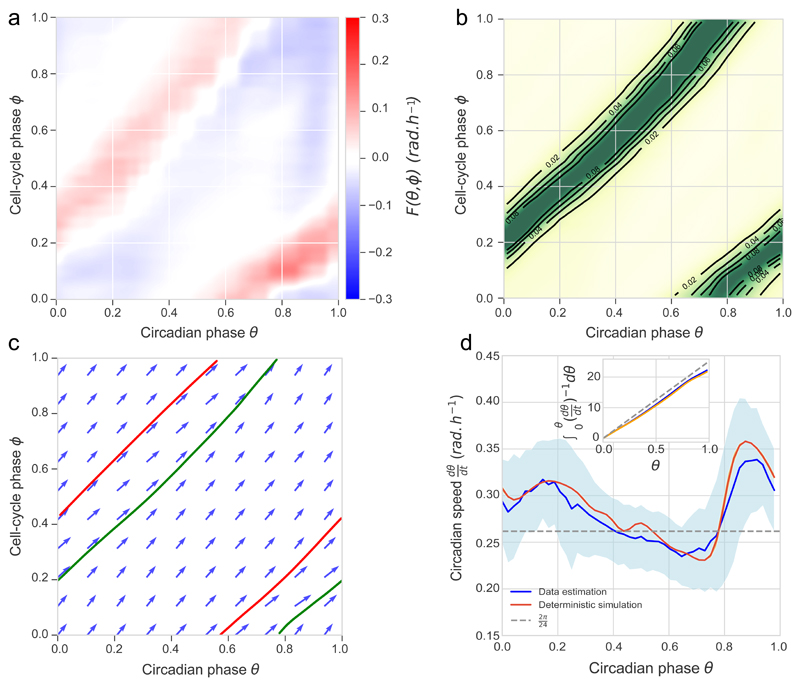Figure 2. Influence of the cell cycle on the circadian phase enables 1:1 phase-locking.
(a) Coupling F(θ, ϕ) optimized on dividing single-cell traces. Due to similar results (Supplementary Fig. 2) traces from the three temperatures (n=154, 271, 302 traces at 34°C, 37°C, 40°C, resp.) are pooled. (b) Density of inferred phase traces from all the dividing traces with 22±1h cell-cycle intervals indicates a 1:1 phase-locked state. (c) Numerical integration of phase velocity field (arrows, deterministic model) yields 1:1 attractor (green line) and repeller (red line). Here, the cell-cycle period was set to 22 h. (d) Circadian phase velocity is not constant along the attractor, here for cells with 22±1h cell-cycle intervals. Data (blue line, standard deviation in light-blue shading) and deterministic simulation (orange line). Inset: integrated time along the attractor. The gray line shows constant bare phase velocity

